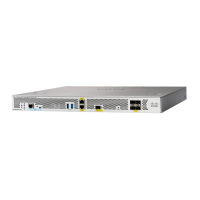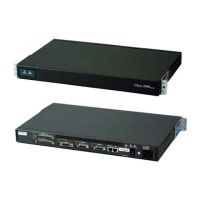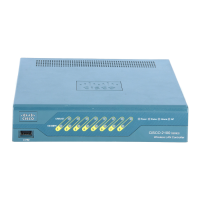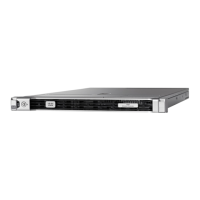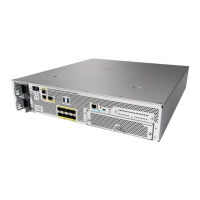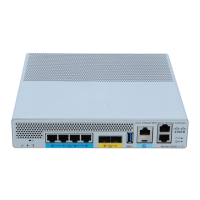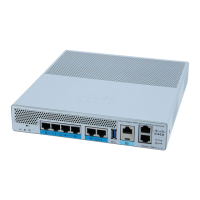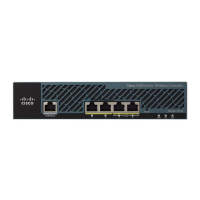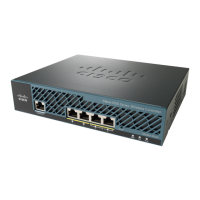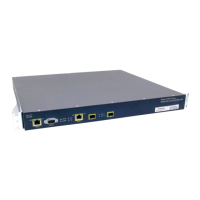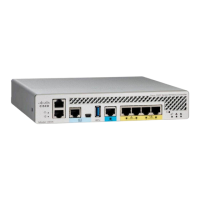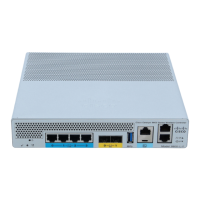4-39
Cisco Wireless LAN Controller Configuration Guide
OL-17037-01
Chapter 4 Configuring Controller SettingsWireless Device Access
Configuring Multicast Mode
Using the CLI to View Multicast Groups
Use these commands to view multicast groups using the controller CLI.
• To see all the multicast groups and their corresponding MGIDs, enter this command:
show network multicast mgid summary
Information similar to the following appears:
Layer2 MGID Mapping:
-------------------
InterfaceName vlanId MGID
-------------------------------- ------ ----
management 0 0
test 0 9
wired 20 8
Layer3 MGID Mapping:
-------------------
Number of Layer3 MGIDs........................... 1
Group address Vlan MGID
--------------- ---- ----
239.255.255.250 0 550
• To see all the clients joined to the multicast group in a specific MGID, enter this command:
show network multicast mgid detail mgid_value
where the mgid_value parameter is a number between 550 and 4095.
Information similar to the following appears:
Mgid........................................ 550
Multicast Group Address..................... 239.255.255.250
Vlan........................................ 0
Rx Packet Count............................. 807399588
No of clients............................... 1
Client List.................................
Client MAC Expire Time (mm:ss)
00:13:02:23:82:ad 0:20
Using the CLI to View an Access Point’s Multicast Client Table
To help troubleshoot roaming events, you can view an access point’s multicast client table from the
controller by performing a remote debug of the access point. Follow these steps to do so using the
controller CLI:
Step 1 To initiate a remote debug of the access point, enter this command:
debug ap enable Cisco_AP
Step 2 To see all of the MGIDs on the access point and the number of clients per WLAN, enter this command:
debug ap command “show capwap mcast mgid all” Cisco_AP
Step 3 To see all of the clients per MGID on the access point and the number of clients per WLAN, enter this
command:
debug ap command “show capwap mcast mgid id mgid_value” Cisco_AP

